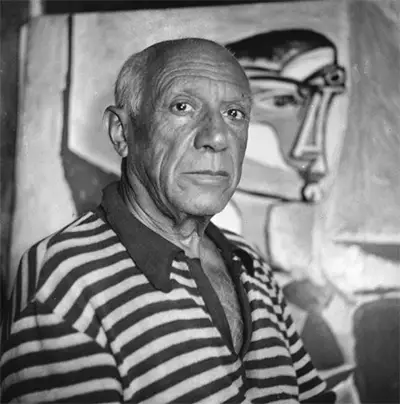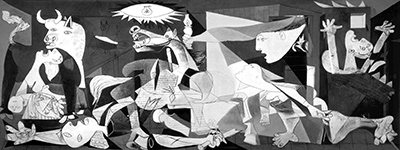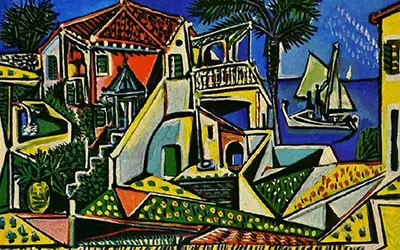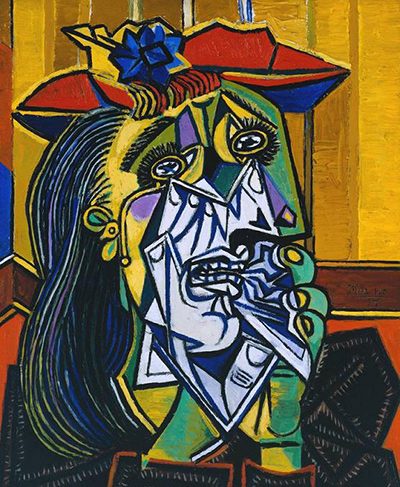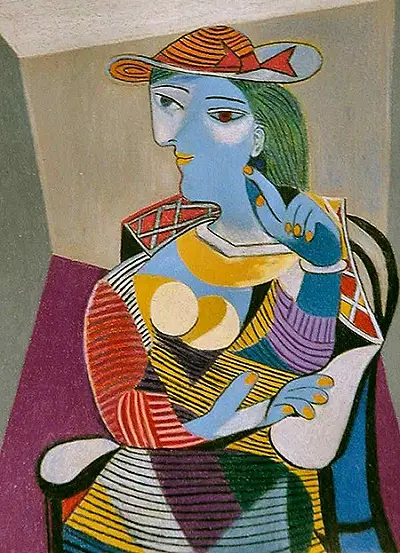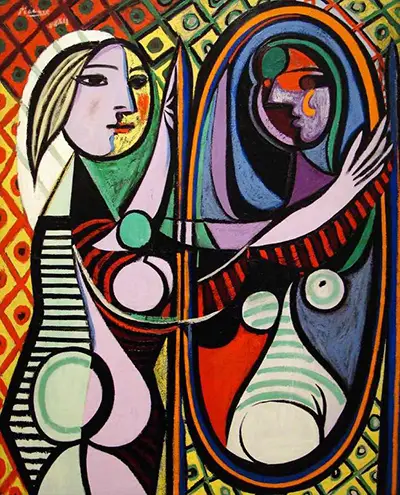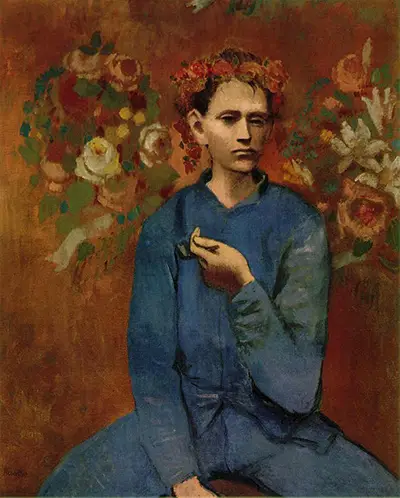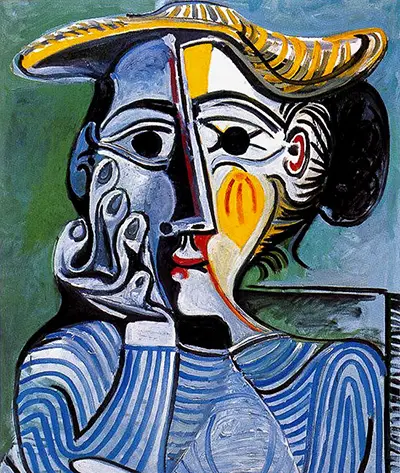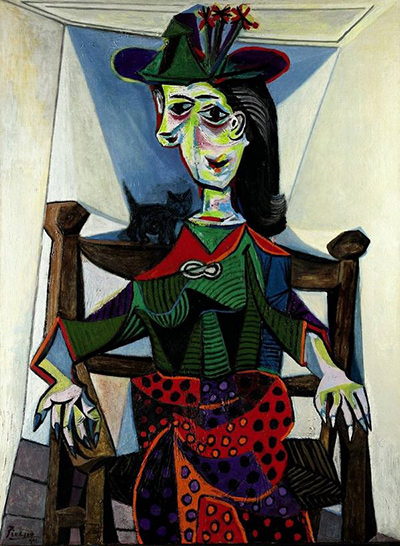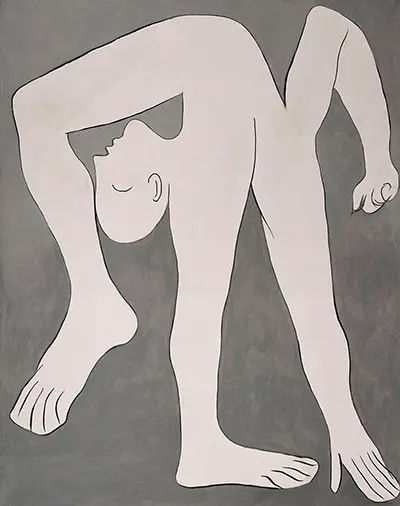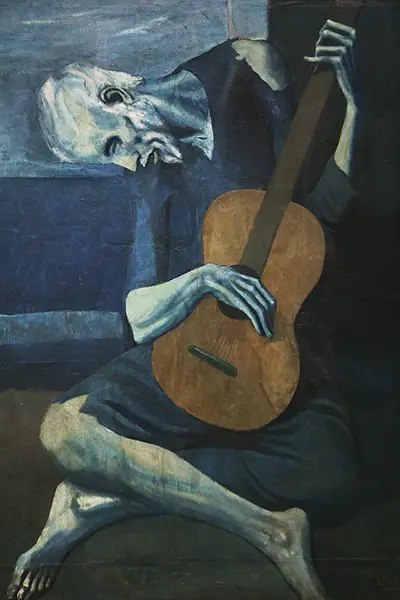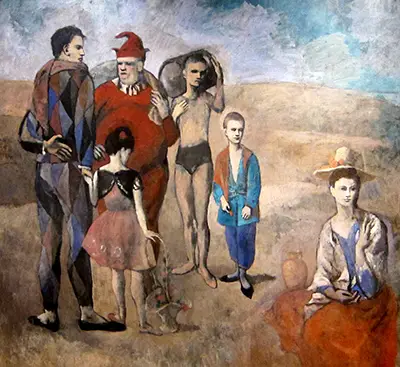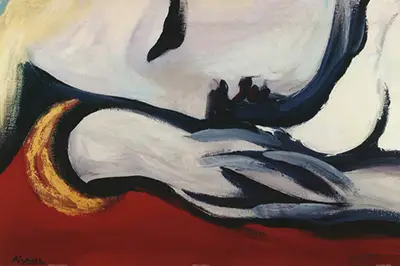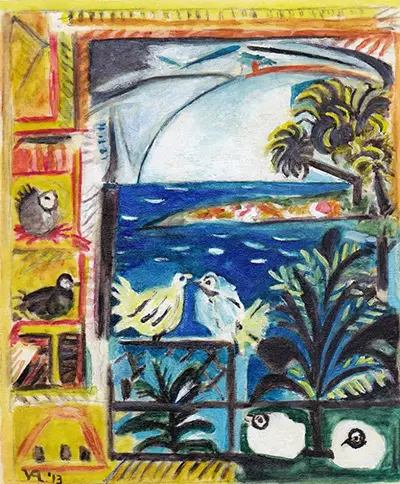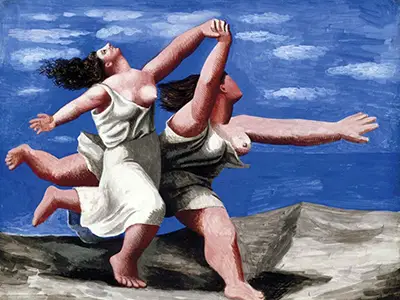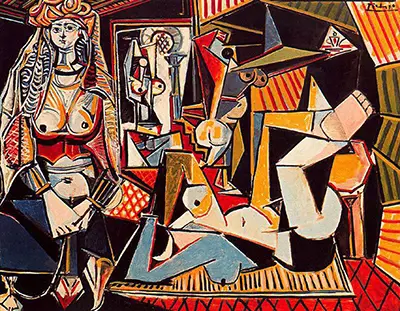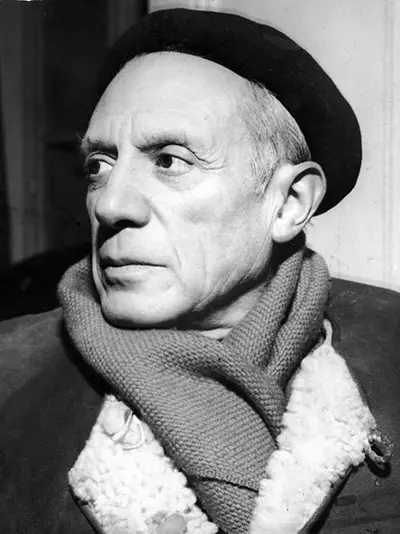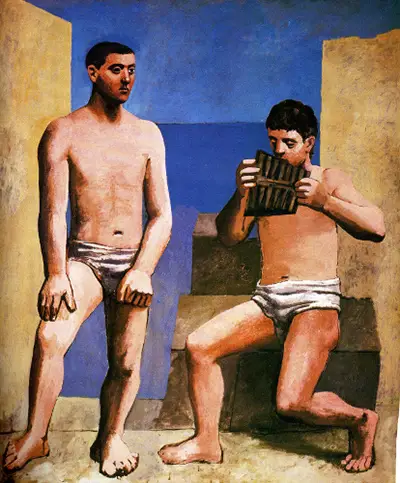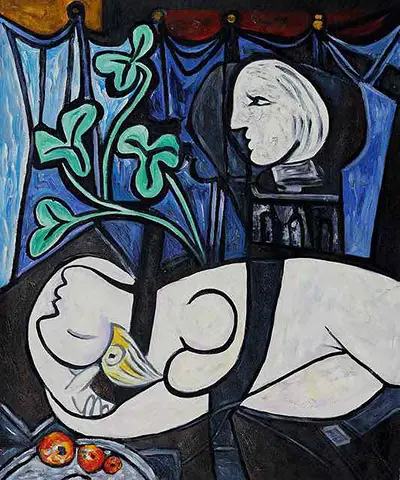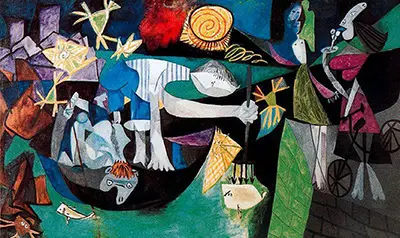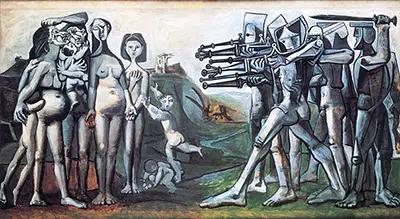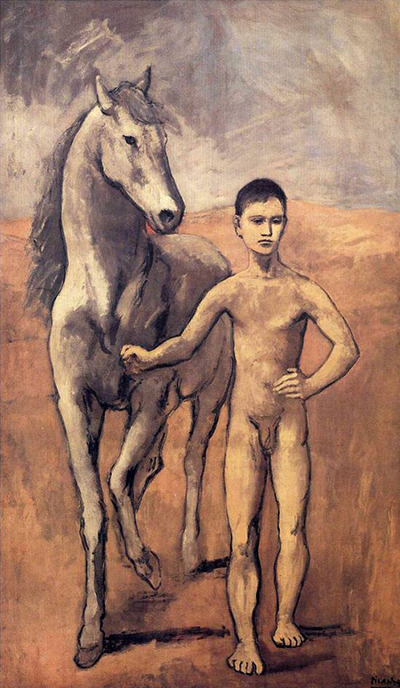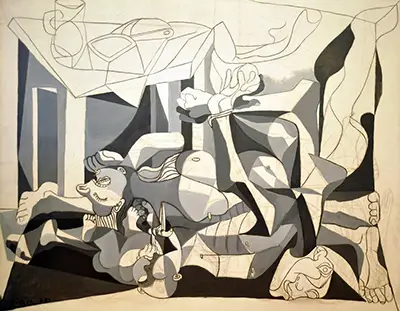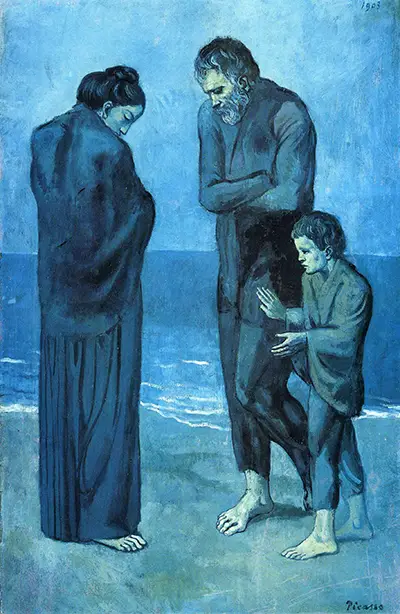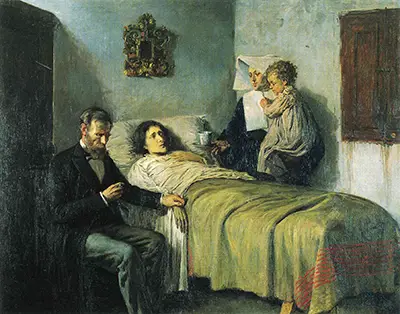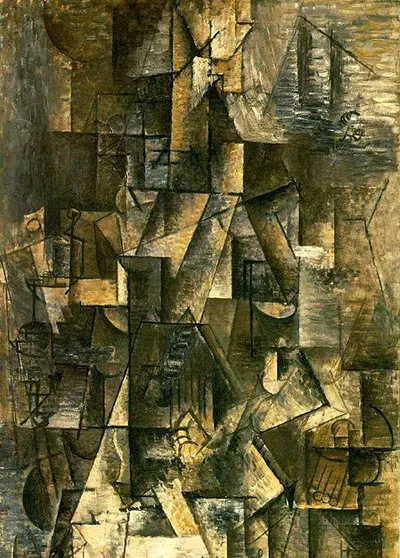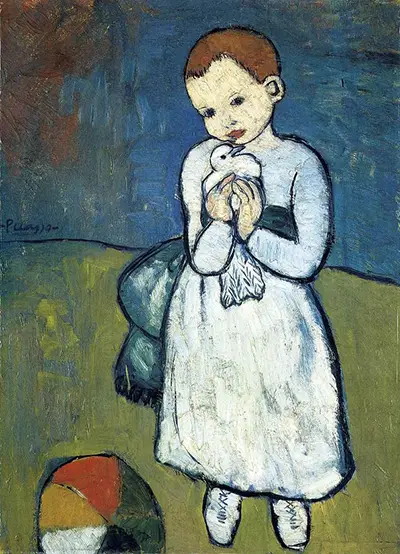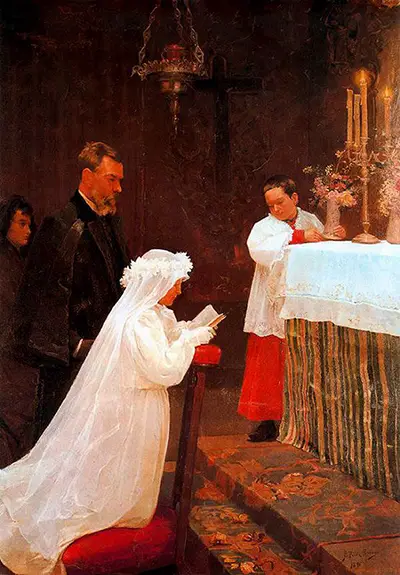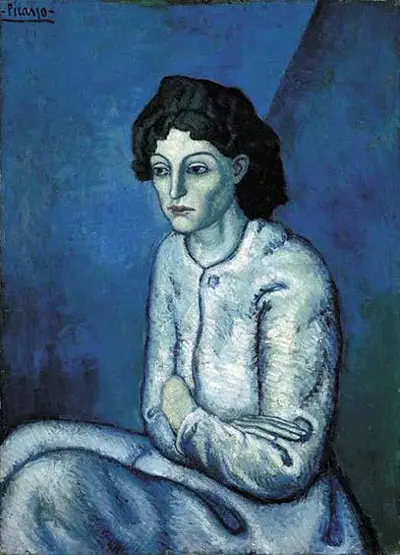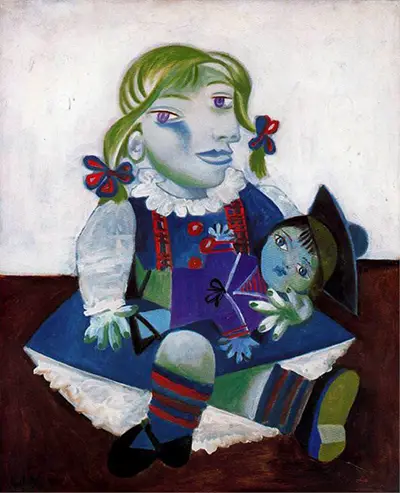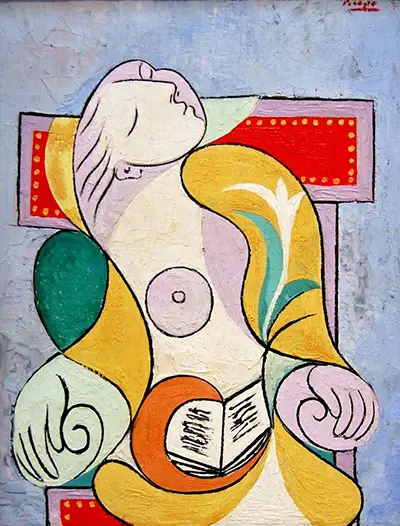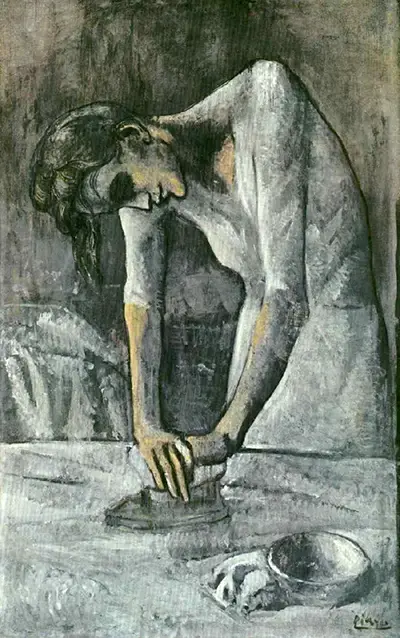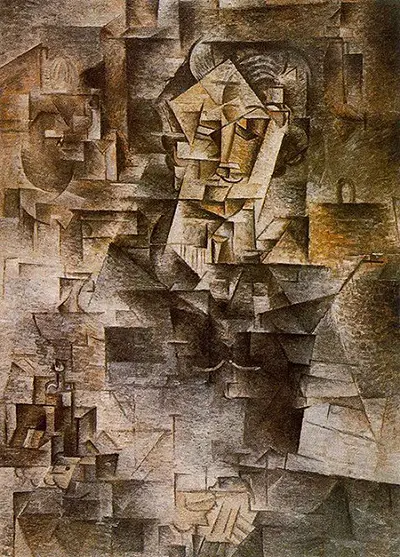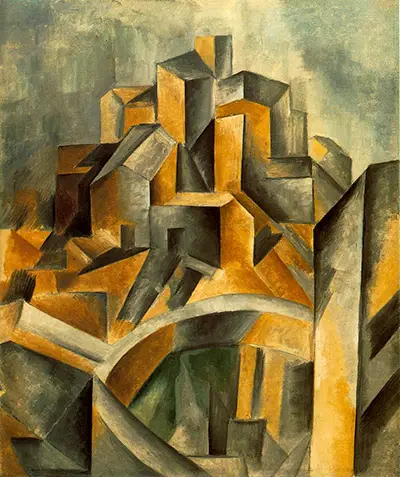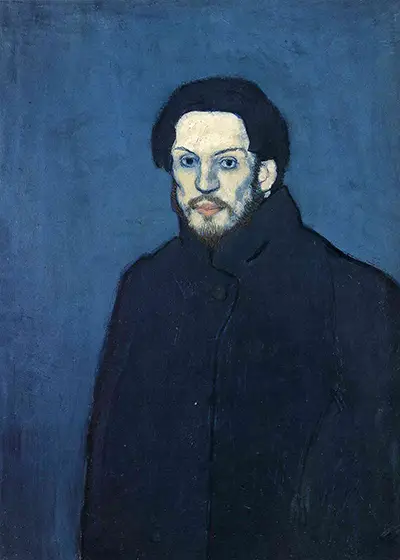Picasso's painting style changes considerably across his career, taking in an abundance of different influences as he went. This was a man who embraced creativity to the maximum, always trying to re-invent new ways of depicting objects that he had already covered. The artist's family had an artistic background and he was immediately encouraged to follow a realist style, coached by his father. It was only once he had broken away from this strong family control that he began to enjoy new ideas and influences. Madrid's Prado introduced him to work by the likes of Goya and El Greco. This opened his eyes to a world beyond realism, where an artist's expression can come to the fore. There was no holding him back from that point onwards.
A new modernist approach was then developed by Picasso after moving to Paris. He remained in France for most of his remaining life, and his work during this extended period can be classified into the categories of the Blue Period, Rose Period, African-influenced, Cubism, Classicism and Surrealism, before his final years came upon him. Blues and shades of green dominated his work during the early 20th century. 1901-1904 was titled the Blue Period and marks a difficult time for the artist, symbolised by the sombre nature of his work during these years. His struggles brought him into contact with others in lower society and these experiences figure in much of the artwork from this period. It can be compared to the early work of Van Gogh, with darker titles like Potato Eaters before his switch to the bright tones of Southern France.
Orange and pink hues with playful circus characters and harlequins signalled an increased happiness for Picasso during his Rose Period of 1904-1906. Many of his portraits during this time were of lovers in upbeat reflections, as the artist seemed to have got on top of his inner demons. Primitivist influences, such as African art, held sway in the years after the Rose Period. In France, Henri Matisse, Pablo Picasso and a collection of like minded artists began merging ideas of African sculpture with the post-Impressionist achievements of Paul Cezanne and Paul Gauguin. The developments made in paintings like Les Demoiselles d'Avignon would push European art into new areas and helped to bring about the Cubist period which soon followed afterwards. The accepted principles of form were now being challenged by several different art movements, with Picasso spearheading the Cubists from 1909 for around a decade.
Braque and Picasso played around with elements of objects, re-arranging them to produce their own compositions. This art movement helped to challenge ideas on what was real and what was not, on the canvas. Several other significant art movements came about as a direct result of what was created here. A spell in Italy persuaded Picasso to return to his classical roots temporarily before pushing into surrealism. Political elements began to appear in some of these paintings, often in a monochrome colour scheme, e.g. Guernica. The final years of Picasso's career made use of all that he had learnt over the preceding decades. With time running out, he decided to be even more ambitious than before, going larger and bolder. See also Picasso prints here. There were also occasional work which reminded us of his classical upbringing, re-producing famous work from that era in his own new contemporary styles. A multitude of paintings Picasso painted during his final years are now widely accepted as the beginning of the Neo-Expressionism movement.
